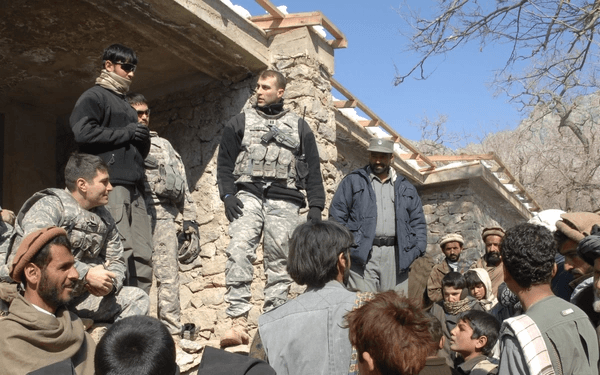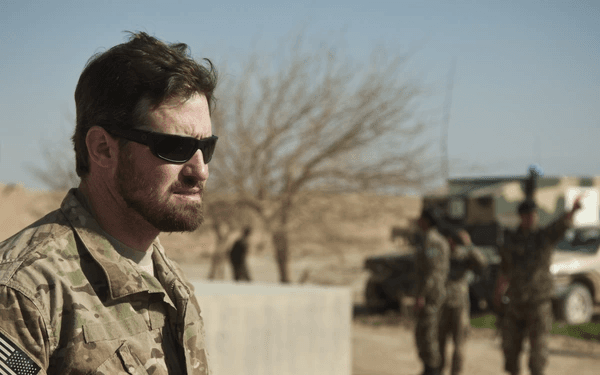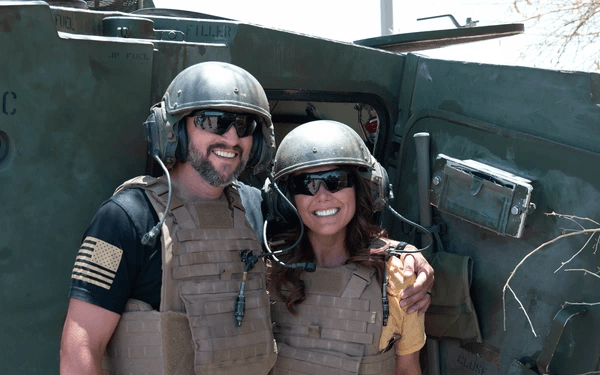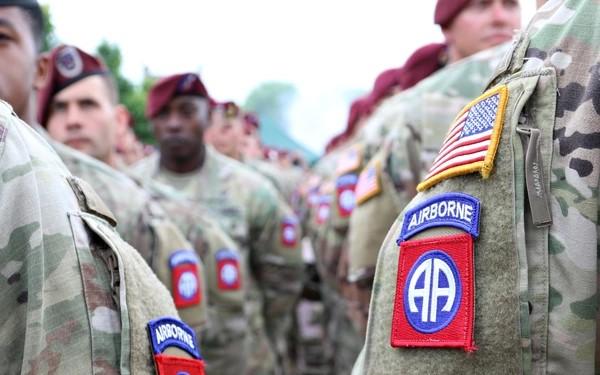Commentary
Engineers, especially civil engineers, build things. It’s what we do, and we consider each project, large or small, “our” project. Being a civil engineer in the Army engineering branch was especially rewarding. We played with bridge sets, construction equipment, and building parts. Army combat engineering also meant building structures for war: runways, fighting positions for men and tanks, and obstacles to channel the enemy. Also, to every Army engineer’s delight, the combat engineer mission involves taking things apart, usually with explosives. We learned how to blow up defensive positions, bridges, roads, buildings, other weapons, and pretty much anything that would make those channeling obstacles more effective.





